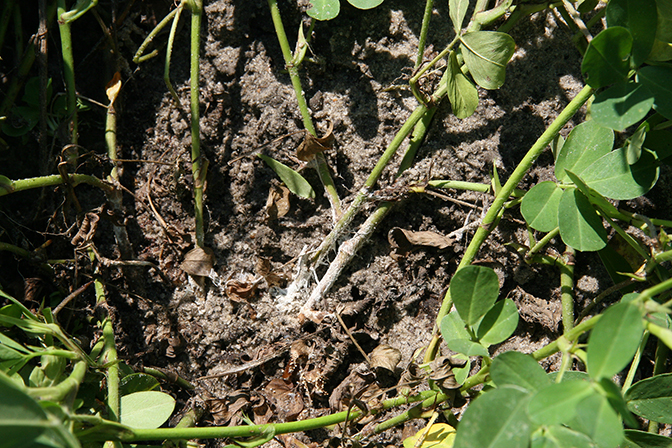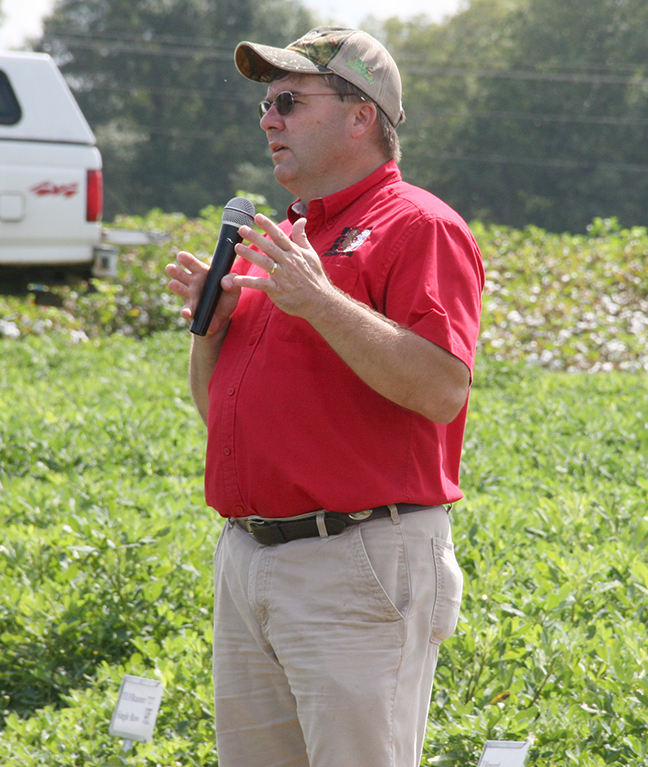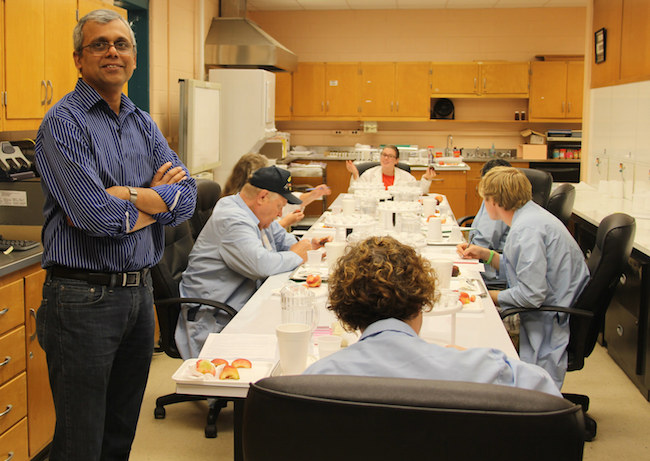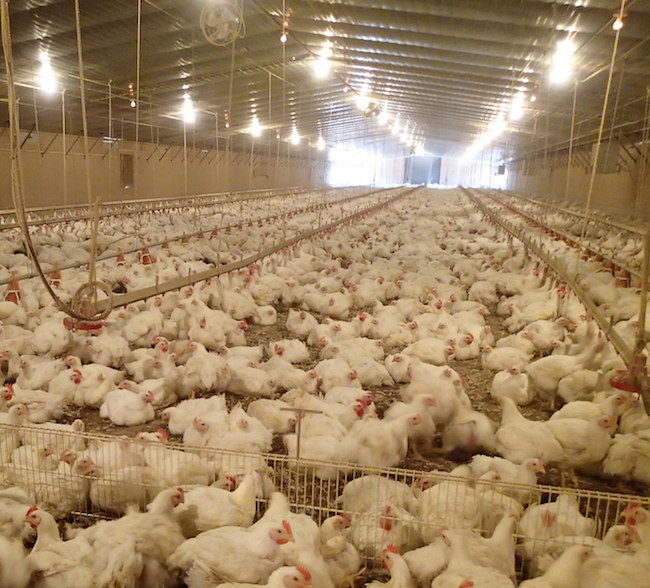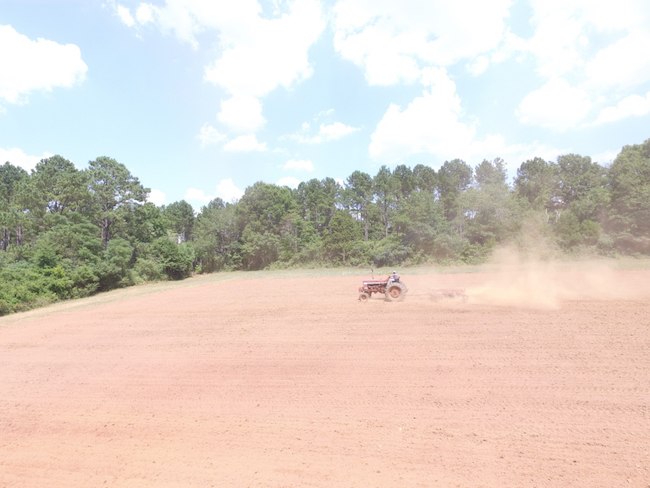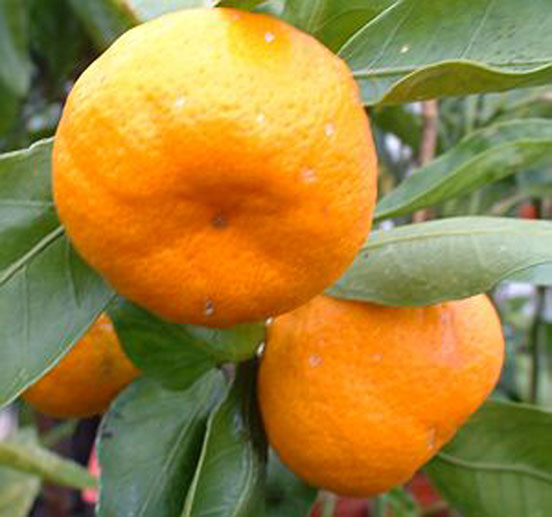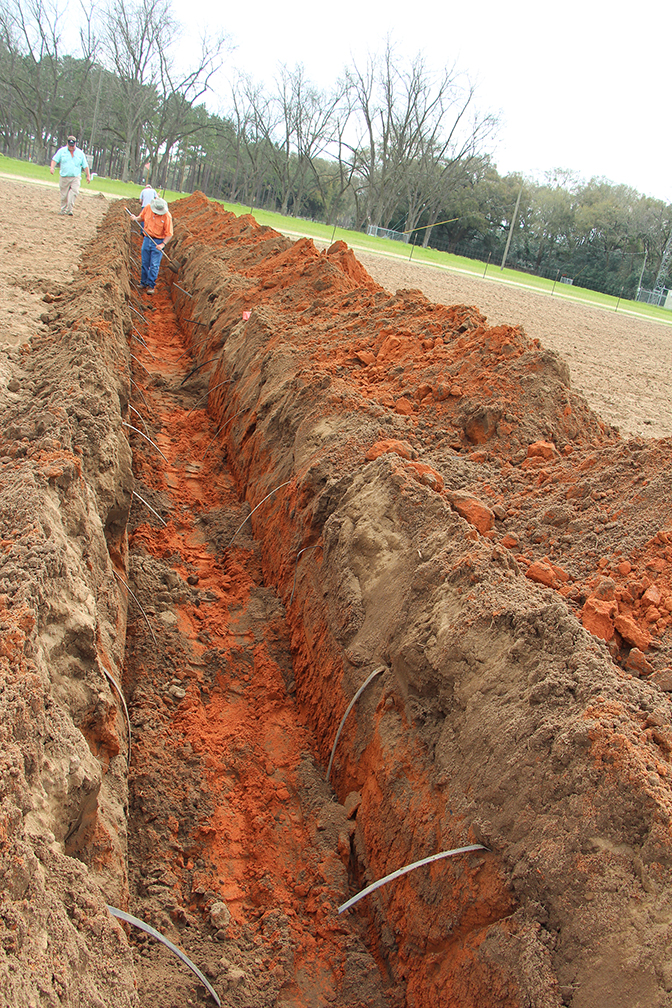Forestry Field Day
University of Georgia Cooperative Extension and the UGA Warnell School of Forestry and Natural Resources are teaming up to host a Southeast Georgia Forestry Field Day and Workshop. Georgia landowners, timber managers and forestry industry personnel are encouraged to attend the free event.


